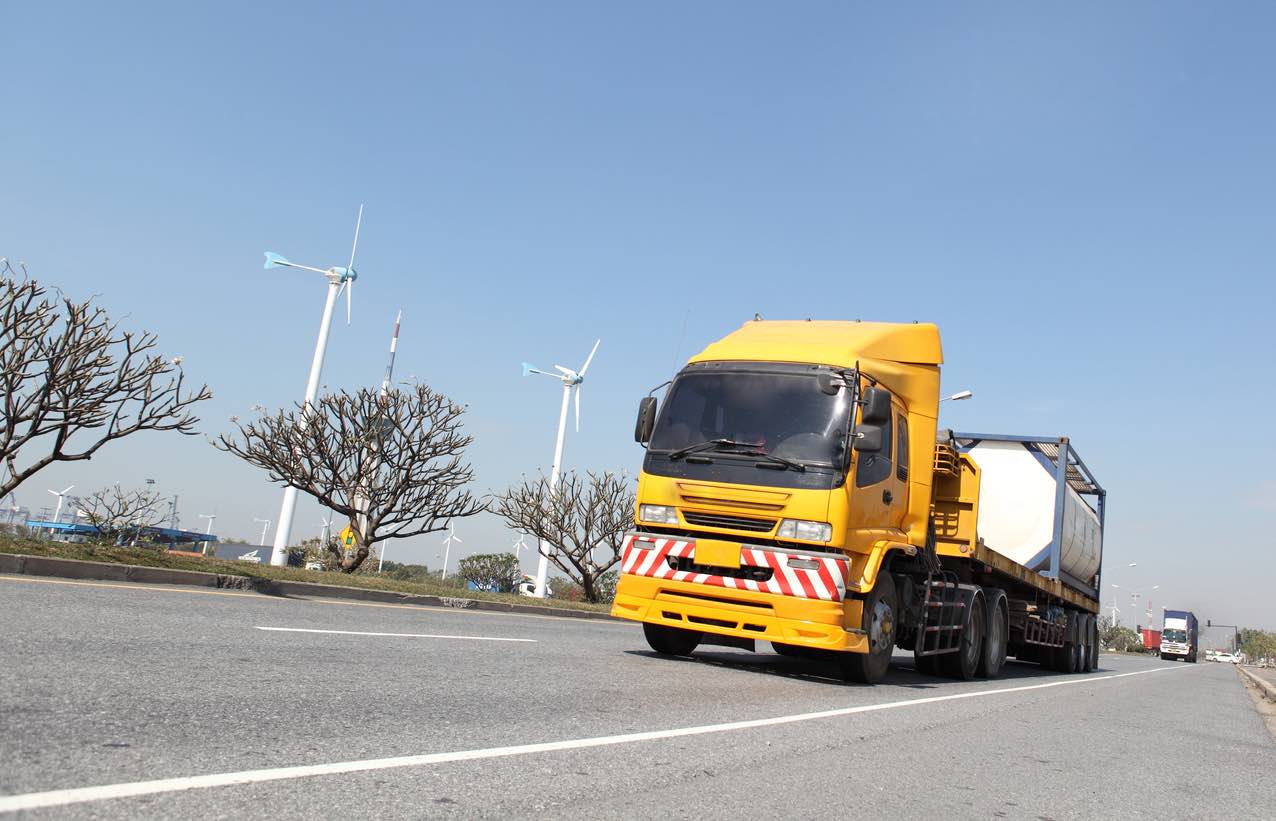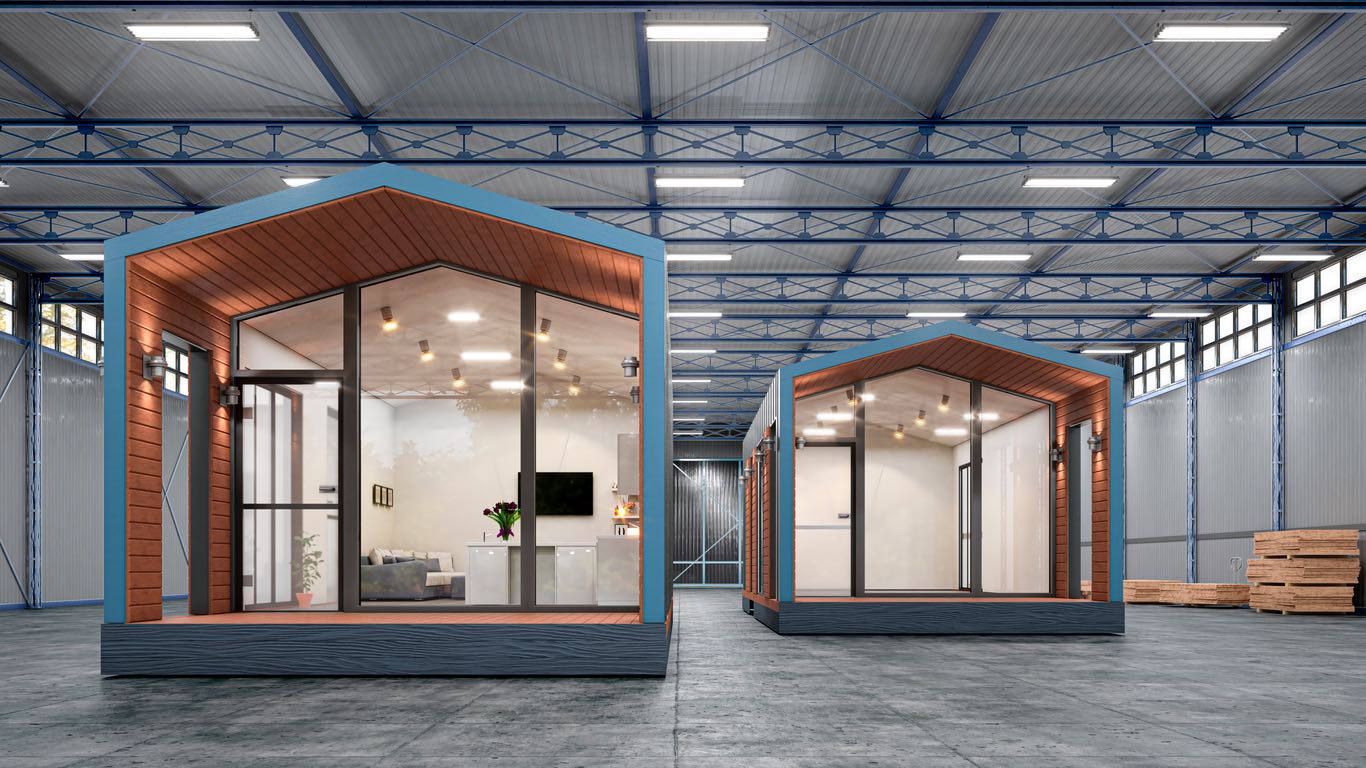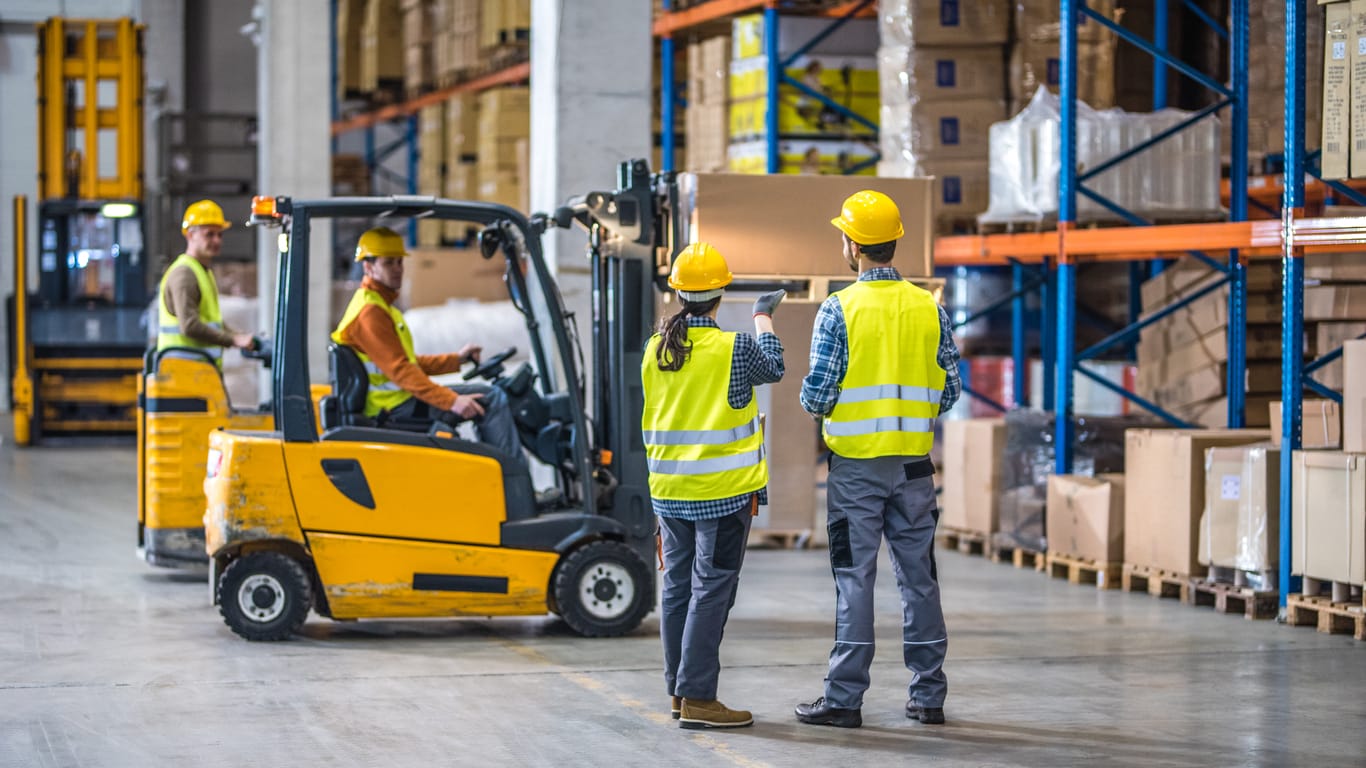Are you in need of shipping your valuable Caterpillar construction equipment? Look no further, for within the pages of this comprehensive guide lies the key to unlocking a game-changing outcome: the ability to ship your equipment with confidence and ease, ensuring its safe arrival at its destination, no matter the distance or terrain.
Did you know that a significant number of construction equipment owners fall victim to costly shipping mishaps every year? It’s true! Improper shipping methods and inadequate precautions can result in damages, delays, and exorbitant expenses, putting your prized machinery and your business at risk.
Now, let’s challenge an uncommon belief that has been lingering in the minds of many in the construction industry. Some may believe that shipping Caterpillar construction equipment is a convoluted and overwhelming process, reserved only for the well-connected or the privileged few.
However, we’re here to debunk this myth and empower you with the truth: shipping your Caterpillar equipment can be a straightforward and hassle-free endeavour, accessible to all who seek to transport their machinery safely and efficiently.
Prepare to be amazed by the incredible discovery that awaits you at the end of this journey. Not only will you gain the knowledge and strategies needed to navigate the complexities of shipping Caterpillar construction equipment, but you will also unlock a treasure trove of health benefits.
Proper shipping techniques, such as securing your equipment and using the right transportation methods, can significantly reduce wear and tear, ensuring optimal performance and longevity for your machinery. By safeguarding your equipment during transit, you are also protecting your investment and preserving the value of your assets.
Here, you will find expert advice, practical tips, and step-by-step instructions that will empower you to take charge of your equipment shipping journey. From understanding the legal and documentation requirements to selecting the most suitable transportation methods, you will gain the confidence and peace of mind needed to ship your Caterpillar construction equipment successfully.
So, let’s embark on this transformative adventure together. Join us as we unravel the secrets of how to ship Caterpillar construction equipment and unlock a world of possibilities. Get ready to revolutionize your shipping practices, safeguard your machinery, and propel your business to new heights of success. The power to ship your Caterpillar equipment with confidence awaits you.
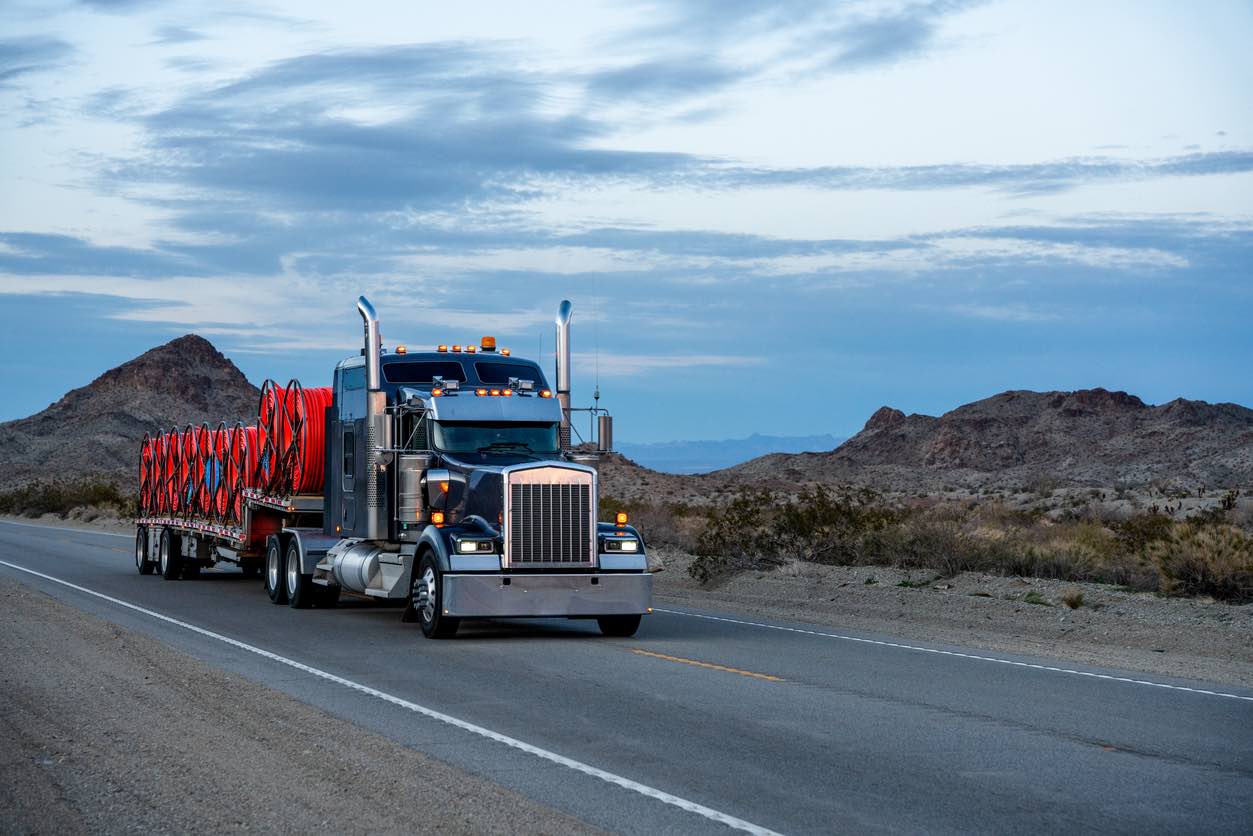
Shipping heavy machinery like Caterpillar construction equipment is not a task to be taken lightly. The safe and secure transportation of these massive machines is crucial for several reasons:
1. Preserving Equipment Integrity: Caterpillar equipment is an investment, and it’s vital to protect that investment during transit. Proper shipping ensures that the equipment arrives at its destination in optimal condition, without any damage or functional issues.
2. Minimizing Downtime: Construction projects often operate on tight schedules, and any delay can have significant implications. By shipping Caterpillar construction equipment correctly, you can minimize downtime, allowing your projects to proceed smoothly and efficiently.
3. Reducing Costs: Damaged or malfunctioning equipment due to improper shipping can lead to costly repairs or replacements. By ensuring proper shipping procedures, you can avoid unnecessary expenses and maintain your budget effectively.
Caterpillar is a renowned name in the construction industry, known for its wide range of robust and high-performance machinery. The line up includes:
1. Excavators: These versatile machines excel at digging, lifting, and loading tasks, making them indispensable on construction sites.
2. Bulldozers: Designed for heavy earthmoving, bulldozers are perfect for grading, pushing, and clearing materials to prepare the site for construction.
3. Loaders: Loaders are adept at moving large volumes of material, such as gravel, sand, or debris. They are essential for loading trucks or stockpiling materials on site.
4. Graders: Graders are used for precise levelling and smoothing of surfaces, ensuring that the terrain is even and suitable for construction activities.
5. Backhoes: These versatile machines combine the functionalities of excavators and loaders, making them ideal for digging, trenching, and material handling.
6. Compactors: Compactors are used to compress and compact various materials, such as soil, asphalt, or gravel, to create a solid foundation for roads or structures.
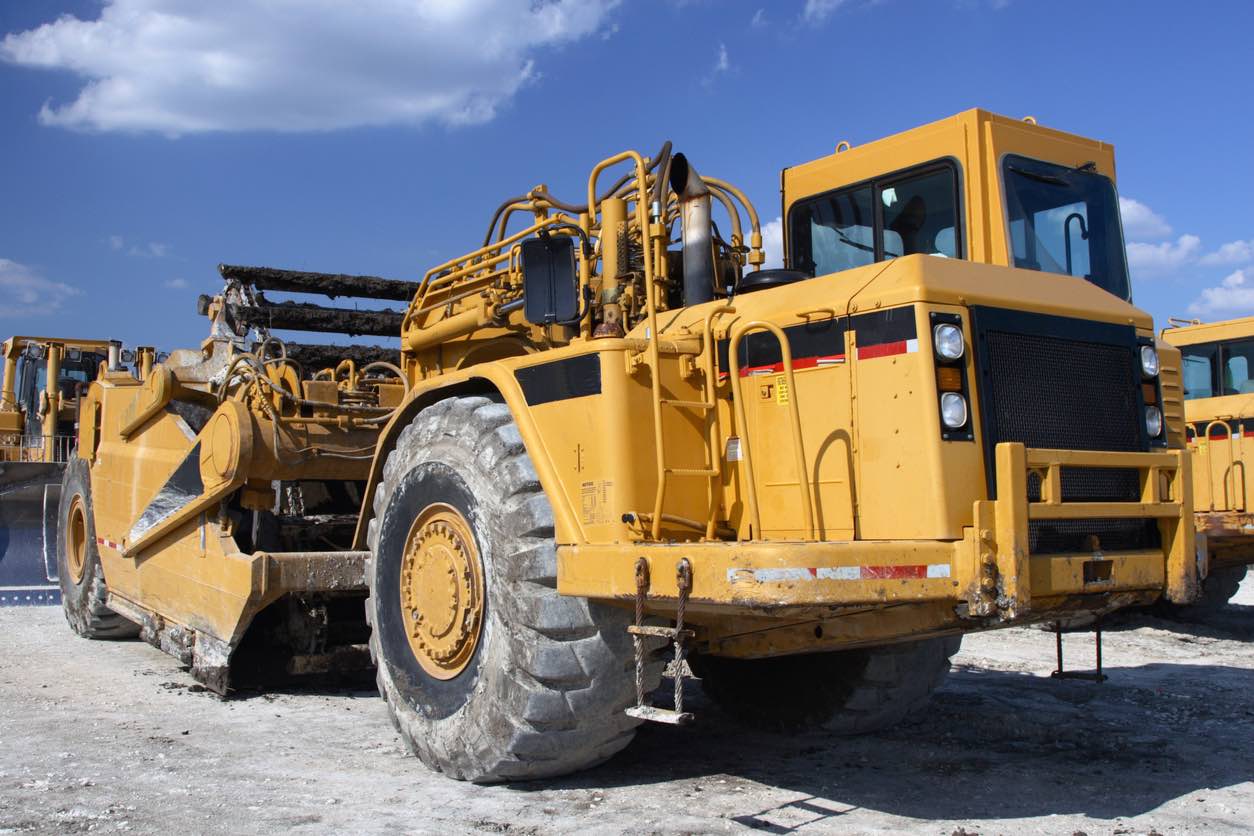
Shipping Caterpillar construction equipment with care brings numerous advantages, including:
1. Equipment Longevity: By employing proper shipping techniques, you extend the lifespan of your Caterpillar equipment. Minimizing vibrations, shocks, and exposure to adverse conditions ensures that your machinery remains in peak condition for years to come.
2. Enhanced Safety: Shipping heavy machinery requires adherence to safety protocols. By following proper shipping procedures, you mitigate the risk of accidents, ensuring the well-being of workers and preventing damage to the equipment.
3. Customer Satisfaction: Whether you’re delivering Caterpillar equipment to a client or a different project site, proper shipping demonstrates professionalism and reliability. Delivering equipment in excellent condition enhances customer satisfaction and fosters long-term relationships.
4. Peace of Mind: Knowing that your Caterpillar equipment is being transported with care provides peace of mind. You can focus on other aspects of your construction project, confident that your machinery will arrive safely and ready for action.
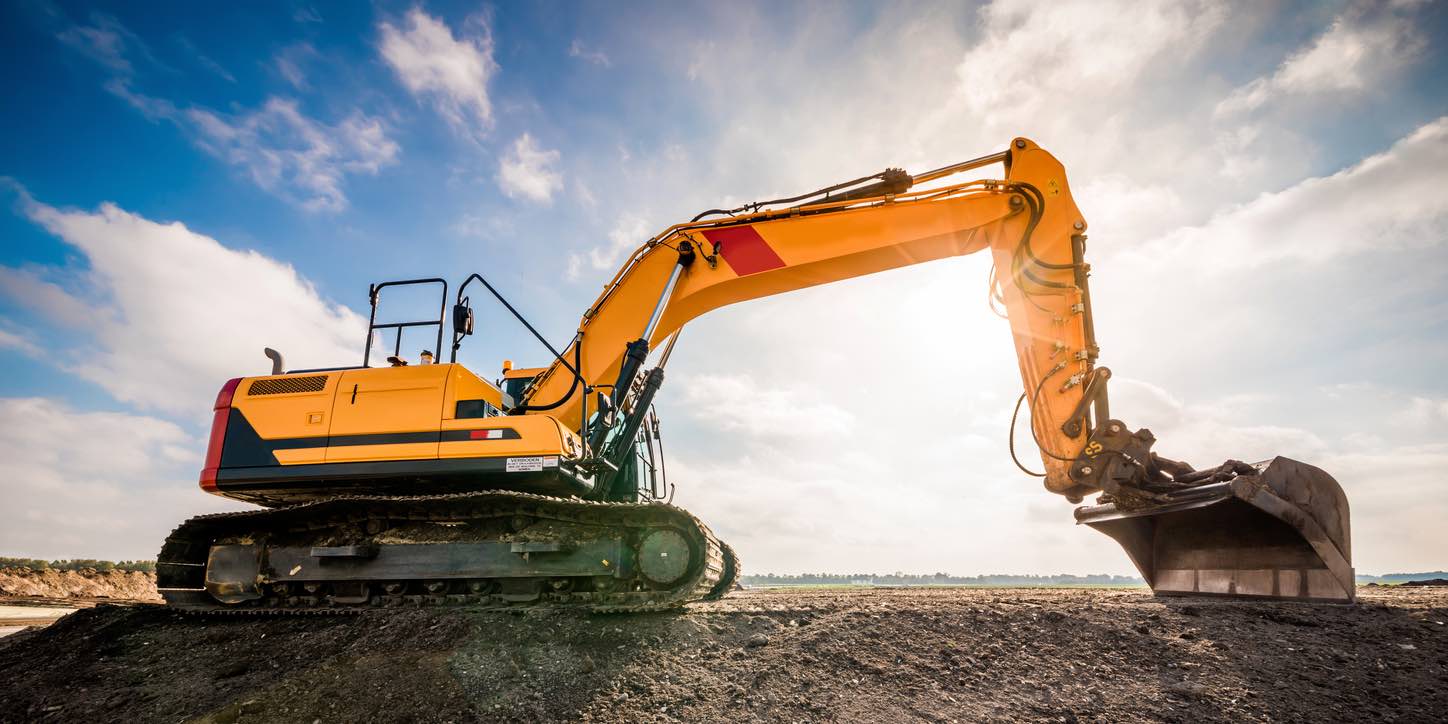
Let’s explore the different types of Caterpillar construction equipment and delve into their features and specifications, which make them stand out from the crowd.
1. Excavators: Excavators are like the Swiss Army knives of the construction world. These mighty machines are capable of digging, lifting, and loading materials with precision. From small-scale digging projects to large-scale excavation tasks, excavators are indispensable on construction sites of all sizes.
2. Bulldozers: When it comes to earthmoving, bulldozers take centre stage. These robust machines possess immense pushing power, making them ideal for clearing land, grading surfaces, and pushing heavy materials like soil or rubble. Bulldozers ensure that construction sites are properly prepared before further work begins.
3. Loaders: Loaders are the workhorses of material handling. Whether it’s loading trucks with gravel, moving piles of sand, or stockpiling construction materials, loaders get the job done efficiently. These machines are designed to handle heavy loads, making them indispensable on construction sites where material movement is a constant requirement.
4. Graders: Graders are the artists of construction, transforming rough terrains into smooth surfaces. These machines are equipped with a long blade that can be adjusted to achieve precise levelling. Graders are essential for creating even foundations, constructing roads, and preparing surfaces for further construction activities.
5. Backhoes: Backhoes combine the functionalities of an excavator and a loader, making them versatile machines on construction sites. With their digging capabilities and the ability to load and unload materials, backhoes excel at trenching, digging foundations, and performing various material handling tasks.
6. Compactors: Compactors play a crucial role in creating solid and stable foundations. These machines use vibrations or static pressure to compress materials like soil, asphalt, or gravel. Compactors ensure that surfaces are properly compacted, reducing the risk of future settlement and providing a stable base for roads, parking lots, and building foundations.
Caterpillar construction equipment is designed and built with a focus on performance, reliability, and efficiency.
Let’s explore some key features and specifications that set Caterpillar machinery apart from the competition:
1. Engine Power and Performance: Caterpillar equipment is known for its robust engines that deliver exceptional power and performance. The engines are designed to provide high torque and optimized fuel efficiency, ensuring maximum productivity on construction sites.
2. Size and Weight: Caterpillar offers a wide range of equipment sizes to suit various construction needs. From compact models for tight spaces to large-scale machinery for heavy-duty tasks, Caterpillar has equipment options that cater to diverse project requirements.
3. Operating Capacities: Caterpillar construction equipment boasts impressive operating capacities, allowing them to handle substantial loads. Whether it’s excavating tons of soil or lifting heavy materials, Caterpillar machines are built to handle the demands of construction projects with ease.
4. Specialized Attachments: One of the standout features of Caterpillar equipment is its compatibility with a range of specialized attachments. These attachments expand the capabilities of the machinery, allowing for tasks like demolition, drilling, compaction, and more. Caterpillar provides a diverse array of attachments to customize equipment for specific project needs.
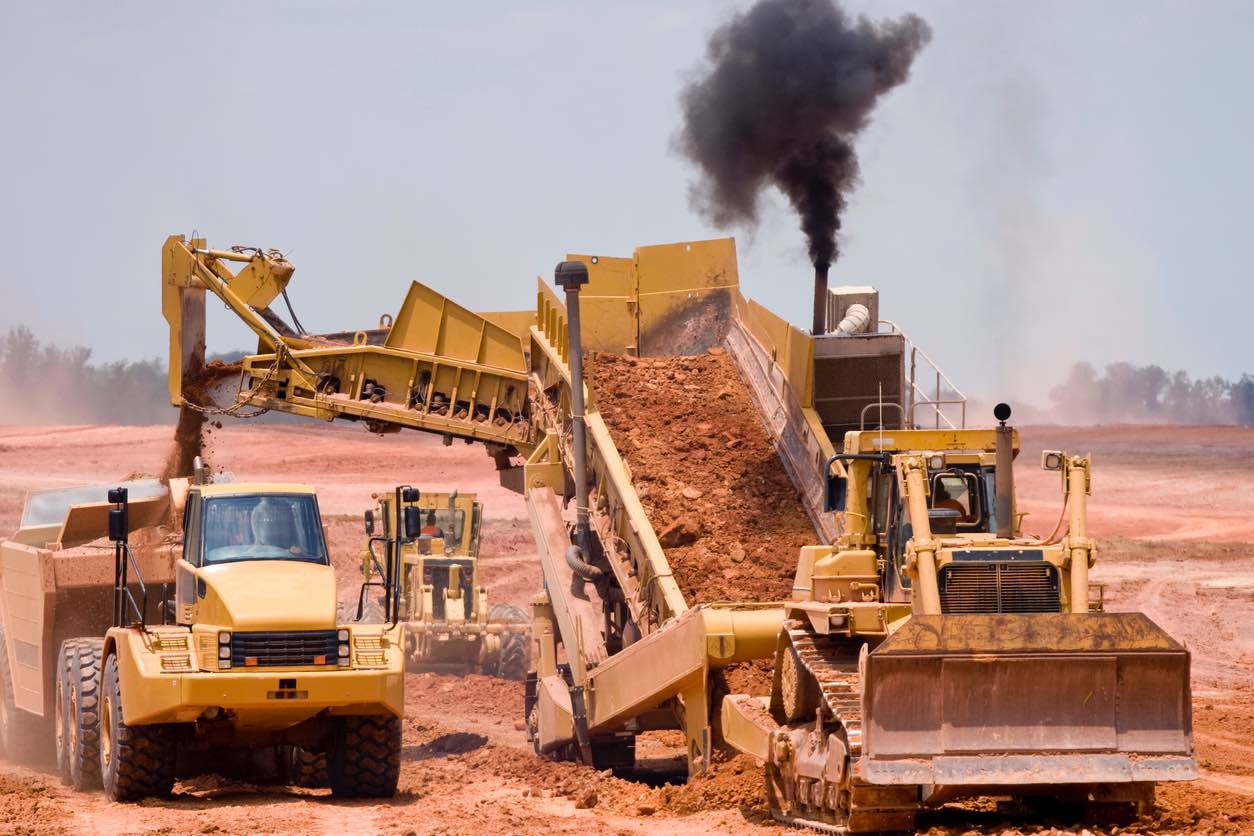
Shipping Caterpillar construction equipment requires careful preparation to ensure its safety and integrity during transit. In this section, we will discuss the essential steps involved in preparing the equipment for shipping, including documentation and legal considerations, equipment inspection and maintenance, securing the equipment for transport, and implementing safety precautions and hazard mitigation measures.
1. Ownership Documentation: Before shipping your Caterpillar equipment, ensure that you have all the necessary ownership documentation in order. This includes the title, bill of sale, or any other proof of ownership required by local regulations.
2. Insurance and Liability Coverage: It is crucial to have adequate insurance coverage for your equipment during shipping. Verify that your insurance policy includes coverage for transportation and any potential damages that may occur during transit. Additionally, consider liability coverage to protect yourself in case of accidents or property damage involving your equipment.
3. Permits and Regulations: Research the permits and regulations applicable to the shipment of heavy equipment in the jurisdictions involved. Ensure compliance with weight restrictions, road regulations, and any specific requirements for oversized or specialized loads. Acquire the necessary permits well in advance to avoid delays or legal complications.
1. Cleaning and Removal of Debris: Thoroughly clean your Caterpillar equipment before shipping to remove any dirt, debris, or loose materials. This not only helps maintain the equipment’s condition but also prevents the possibility of foreign objects causing damage during transportation.
2. Fluid Draining and Securement: Drain any fluids, such as fuel, oil, or hydraulic fluids, as instructed by the manufacturer or shipping guidelines. Properly secure any components susceptible to leakage, ensuring that they won’t cause spills or contamination during transit.
3. Component and Attachment Disassembly: Depending on the size and complexity of the equipment, consider disassembling certain components or attachments to reduce the overall dimensions and facilitate safer shipping. Follow manufacturer guidelines for proper disassembly and ensure that all components are securely packaged and labelled for easy reassembly.
1. Proper Loading and Positioning: When loading the equipment onto the transport vehicle, ensure that it is positioned securely and evenly distributed to maintain balance and prevent unnecessary stress on certain parts. Use loading ramps or specialized equipment as needed to ensure safe and efficient loading.
2. Using Tie-Downs and Straps: Secure the equipment to the transport vehicle using appropriate tie-downs and straps. Make sure to use high-quality, heavy-duty straps capable of withstanding the weight and vibrations during transit. Distribute the tie-down points evenly to ensure stability and prevent shifting.
3. Implementing Protective Measures: Protect the equipment from potential damage during transit by utilizing protective measures such as padding, covers, or wrapping. This helps safeguard against scratches, impacts, and exposure to weather conditions. Pay special attention to vulnerable areas and sensitive components.
D. Safety Precautions and Hazard Mitigation
1. Training and Certification Requirements: Ensure that the individuals involved in handling and transporting the Caterpillar equipment are properly trained and certified. Operating heavy machinery and managing transportation logistics require specific knowledge and skills to ensure safety and compliance with regulations.
2. Personal Protective Equipment (PPE): Prioritize the use of appropriate personal protective equipment during equipment preparation and loading. This includes safety gloves, protective eyewear, sturdy footwear, and any other required protective gear. Promote a safety-conscious environment to minimize the risk of injuries.
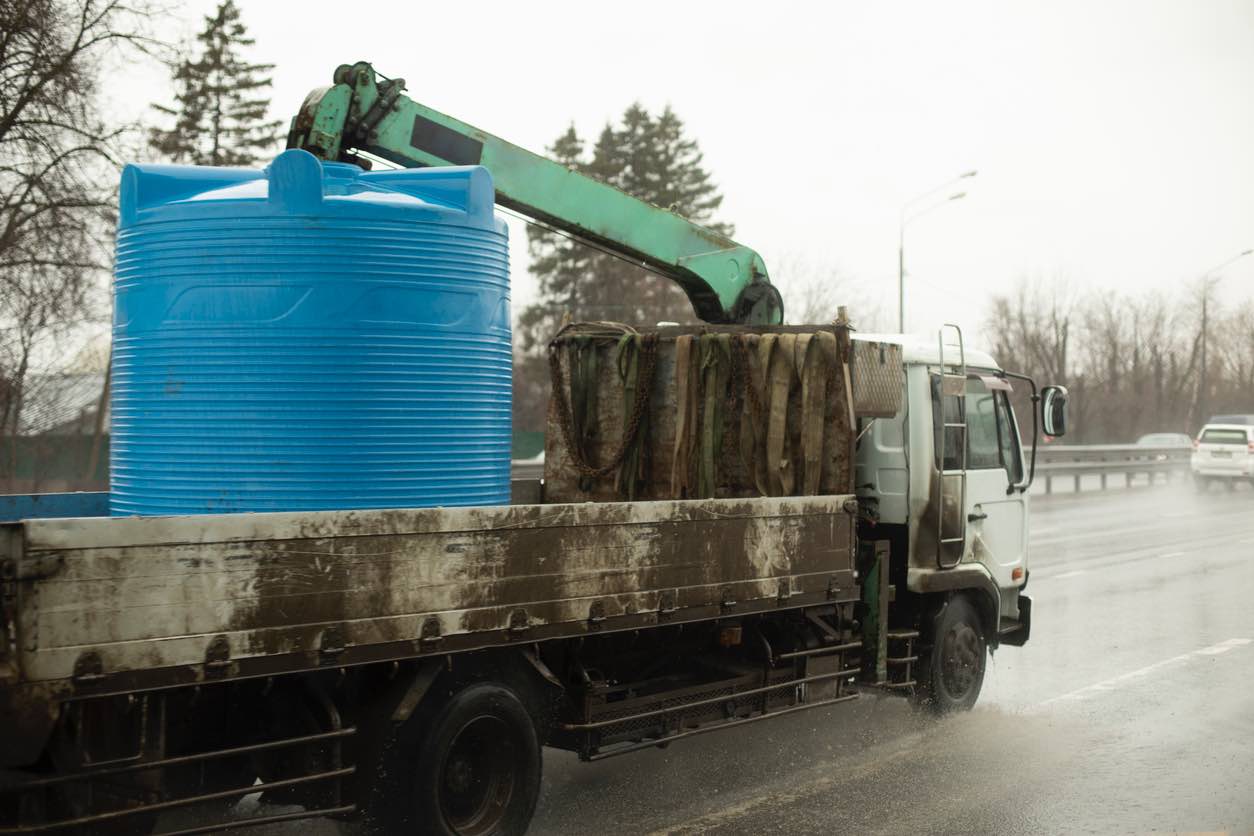
If your Caterpillar construction equipment contains hazardous materials, it is essential to take additional precautions to ensure the safety of everyone involved in the shipping process.
Follow these guidelines:
1. Identify Hazardous Materials: Determine if your equipment contains any hazardous materials such as fuels, oils, batteries, or chemicals. Consult the equipment manuals or contact the manufacturer to obtain a comprehensive list of hazardous substances present in the machinery.
2. Comply with Regulations: Adhere to all local, regional, and international regulations regarding the transportation of hazardous materials. This includes proper labelling, packaging, and documentation as required by applicable laws. Familiarize yourself with the specific requirements and ensure compliance to avoid penalties or delays.
3. Secure Hazardous Materials Properly: Safely store and secure hazardous materials to prevent leaks or spills during transportation. Use approved containers, seals, and containment systems to ensure the integrity of the hazardous substances. Follow the recommended handling procedures and guidelines provided by the relevant regulatory authorities.
4. Emergency Response Plan: Develop an emergency response plan in case of accidents or incidents involving hazardous materials. Ensure that all personnel involved in the shipping process are trained in handling emergencies related to hazardous substances. Include procedures for containment, clean up, and notification in the event of a spill or leak.
5. Communicate Hazards: Communicate the presence of hazardous materials to the shipping company or carrier. Provide them with detailed information regarding the type of hazardous substances, potential risks, and any special handling requirements. This allows them to take the necessary precautions and ensures that proper emergency response protocols are in place.
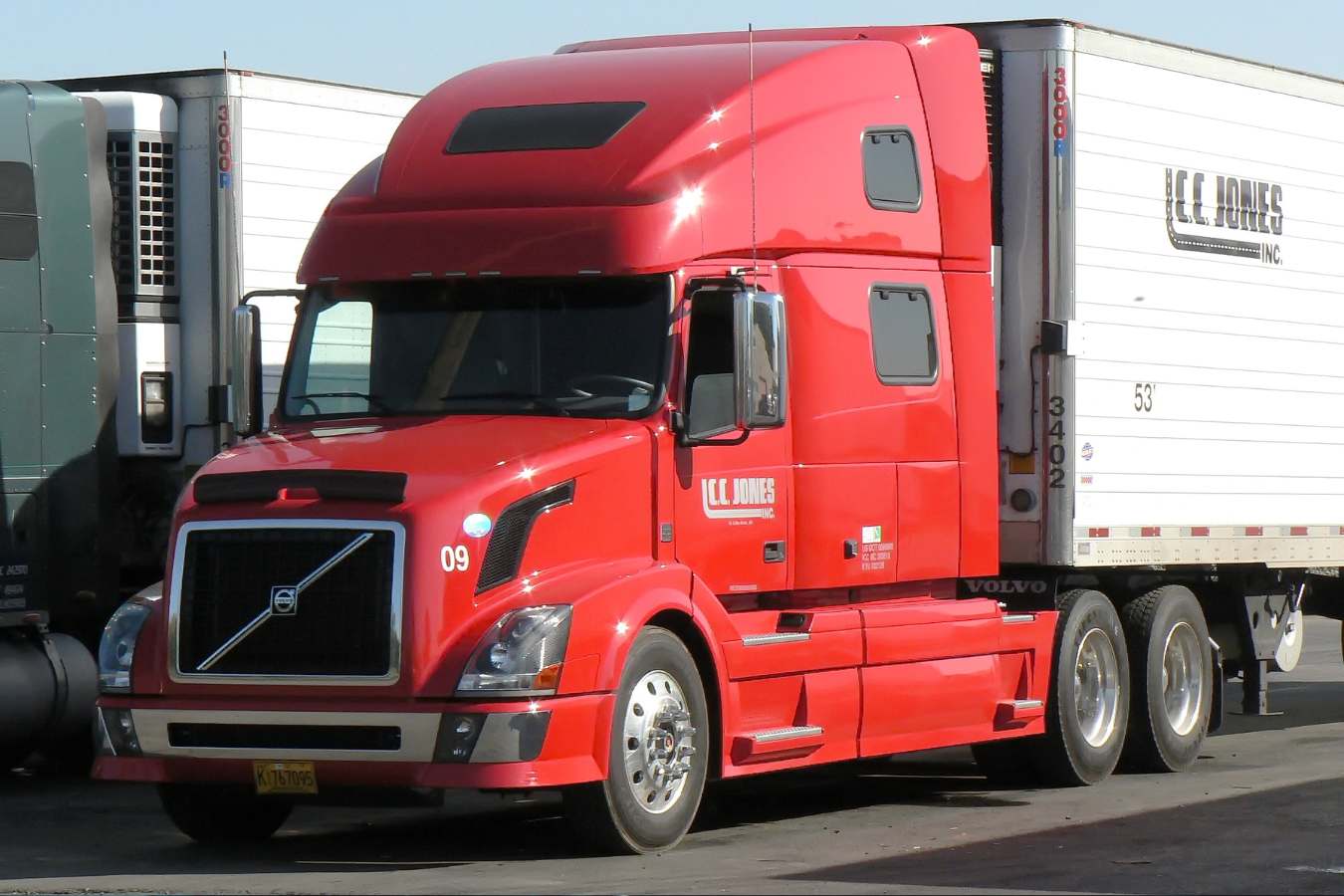
1. Flatbed Trucks: Flatbed trucks are a popular choice for transporting Caterpillar equipment over short to medium distances. These trucks feature a flat, open bed without any sides or roof, providing flexibility in loading and unloading heavy machinery. They are ideal for equipment that can be securely fastened to the bed using chains or straps.
2. Lowboy Trailers: Lowboy trailers are designed to transport oversized and heavy equipment. They have a low deck height, allowing for the transportation of taller and bulkier machinery. With their ability to handle substantial weight capacities, lowboy trailers provide stability and safety during transport.
3. Extendable Trailers: Extendable trailers are a versatile option for transporting Caterpillar equipment of varying lengths. These trailers can extend their length to accommodate longer machinery, making them suitable for transporting equipment such as excavators or graders. They offer the advantage of flexibility in accommodating different equipment sizes.
1. Roll-on/Roll-off (RoRo) Shipping: RoRo shipping involves driving your Caterpillar equipment onto a specialized vessel equipped with ramps. Once on board, the equipment is securely stowed in the vessel’s cargo hold. RoRo shipping is convenient for transporting wheeled or self-propelled equipment, as it eliminates the need for cranes or disassembly.
2. Container Shipping: Container shipping involves loading your Caterpillar equipment into containers for transport. Containers provide a secure and weatherproof environment for the equipment during the journey. This method is suitable for smaller equipment or when additional protection is desired.
3. Breakbulk Shipping: Breakbulk shipping is ideal for large and heavy Caterpillar machinery that cannot fit into standard containers. This method involves individually loading each piece of equipment onto the vessel. It allows for more flexibility in terms of size and shape, making it suitable for oversized or irregularly shaped machinery.
1. Equipment Size and Weight: Consider the dimensions and weight of your Caterpillar equipment when choosing a shipping method. Ensure that the selected method can accommodate the size and weight of your machinery without compromising safety or causing logistical challenges.
2. Distance and Delivery Timeline: The distance your equipment needs to travel and the desired delivery timeline plays a significant role in selecting the appropriate shipping method. Consider the time required for each method and choose one that aligns with your project schedule and delivery expectations.
3. Cost and Budget Considerations: Evaluate the costs associated with each shipping method, including transportation fees, handling charges, and any additional services required. Take into account your budget limitations and select a method that offers a balance between affordability and the level of service required.
Working with Shipping Companies
Once it’s about transporting your Caterpillar construction equipment, it is essential to partner with a dependable and trustworthy shipping company. In this section, we will look at the essential steps to research, pick, and comprehend shipping companies to guarantee a smooth and problem-free shipping process.

1. Reputation and Experience: Begin by researching shipping companies with a solid reputation and extensive experience in handling heavy equipment transportation. Look for reviews, testimonials, and feedback from other customers to gauge their reliability and professionalism.
2. Licensing and Certifications: Verify that the shipping company holds the necessary licenses and certifications to legally operate in the transportation industry. This ensures compliance with regulations and assures that they meet industry standards.
3. Insurance Coverage: Check if the shipping company provides comprehensive insurance coverage for your Caterpillar equipment during transit. A reputable company will have appropriate insurance policies in place to protect your valuable assets.
1. Gathering Essential Information: Contact multiple shipping companies and provide them with accurate details about your equipment, including size, weight, destination, and any specific requirements. This information will help them provide accurate and tailored quotes for your shipment.
2. Evaluating Pricing and Services: Carefully review the quotes provided by different shipping companies. Consider not only the pricing but also the range of services offered. Look for value-added services, such as tracking capabilities, delivery guarantees, and specialized handling expertise.
3. Verifying Additional Fees: Inquire about any potential additional charges or fees that may apply to your shipment. These could include customs duties, storage fees, or accessorial services. Ensure that you have a clear understanding of the total cost involved before making a decision.
1. Contractual Obligations and Liabilities: Before finalizing an agreement with a shipping company, carefully review the shipping contract. Pay close attention to the contractual obligations and liabilities outlined, including responsibilities for damage, delays, or loss. Seek clarification if any clauses are unclear.
2. Insurance Coverage and Claims: Understand the insurance coverage provided by the shipping company and the process for filing claims in case of damage or loss. Familiarize yourself with the required documentation and the timeframe for reporting incidents.
3. Dispute Resolution and Customer Support: Ensure that the shipping company has a clear process for resolving disputes or addressing any concerns that may arise during the shipping process. Prompt and reliable customer support is essential for a smooth and efficient experience.
Are you in need of seamless equipment shipping services that offer a stress-free experience? Look no further than ShipACarInc.com! We understand the challenges and concerns that come with shipping Caterpillar construction equipment, and our mission is to provide you with effortless and reliable transportation solutions.
With our expertise and industry-leading services, you can experience peace of mind throughout the entire shipping process. From meticulous planning to secure handling and timely delivery, we go above and beyond to ensure your equipment arrives safely and in pristine condition.
Trust in Ship A Car for hassle-free equipment shipping that exceeds your expectations. Say goodbye to worries and hello to a smooth and worry-free shipping experience with SAC.
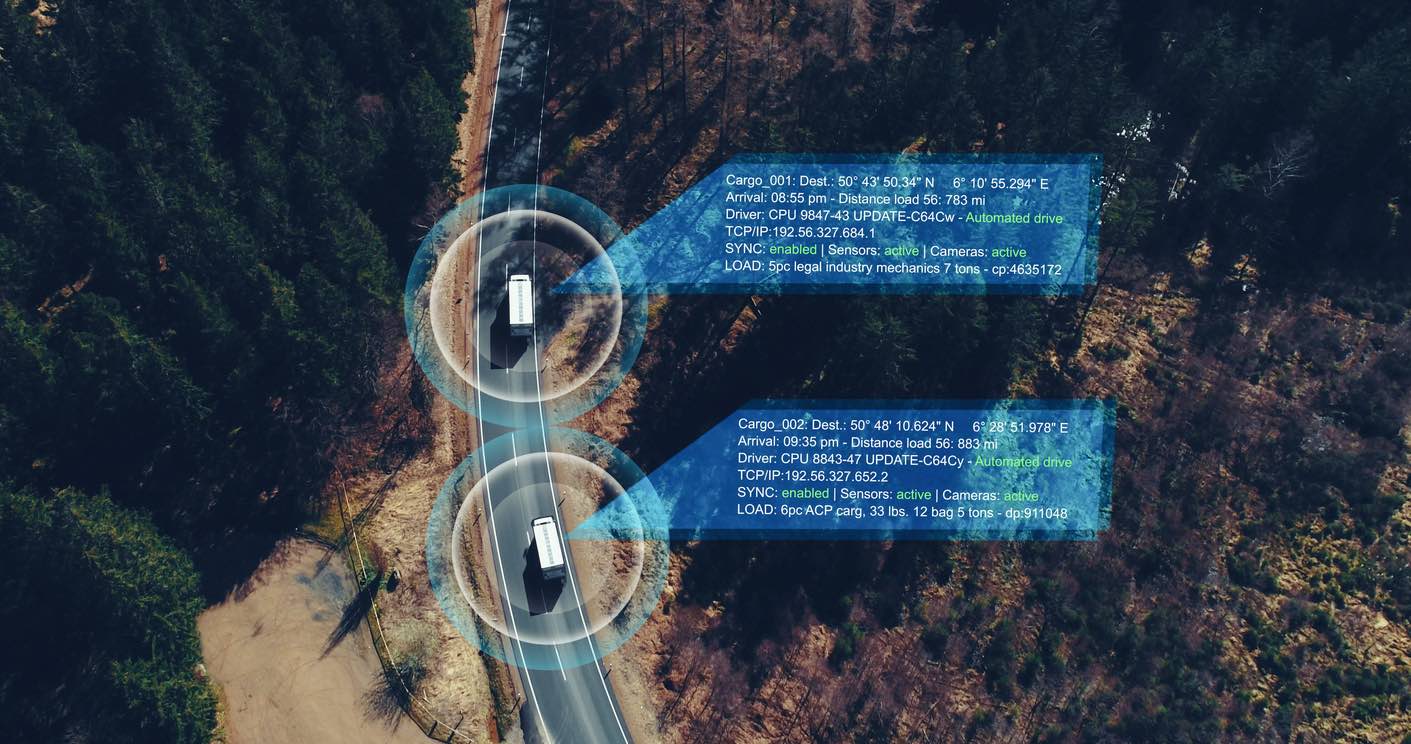
Once your Caterpillar construction equipment is on its way, it’s crucial to stay informed and actively monitor the shipping process.
1. GPS Tracking Systems: Many shipping companies provide GPS tracking systems that allow you to monitor the real-time location of your equipment. These systems use satellite technology to provide accurate updates on the whereabouts of your shipment. Take advantage of this technology to stay informed about the progress of your equipment.
2. Real-Time Updates and Notifications: Ensure that the shipping company offers real-time updates and notifications. This can include automated messages or alerts sent to your preferred communication channel, such as email or SMS. Stay connected and receive timely information about any changes or milestones during the shipping process.
1. Regular Check-Ins and Progress Updates: Establish regular communication with the shipping company to receive progress updates. Check-in with them at predetermined intervals to inquire about the status of your shipment. This helps you stay informed and provides an opportunity to address any concerns or clarify any questions you may have.
2. Addressing Concerns and Issues: If you encounter any issues or have concerns about the shipping process, communicate them promptly with the shipping company. Whether it’s a delay, a change in delivery instructions, or any other matter, open lines of communication allow for timely resolution and minimize potential disruptions.
3. Rescheduling and Delivery Coordination: In some cases, unforeseen circumstances may require rescheduling the delivery of your equipment. Maintain open communication with the shipping company to coordinate alternative arrangements and ensure a smooth and convenient delivery process.
Receiving and Inspecting the Shipped Equipment
Wow! Your Caterpillar construction equipment has arrived at its destination.
1. Following Safety Guidelines: Prioritize safety during the unloading process. Adhere to safety guidelines and protocols provided by the shipping company or any relevant regulations. This includes wearing appropriate personal protective equipment (PPE), using proper lifting techniques, and ensuring a clear and organized workspace.
2. Proper Use of Equipment: Utilize appropriate equipment, such as cranes, forklifts, or other machinery, to safely unload and place your Caterpillar equipment. Follow the manufacturer’s guidelines and ensure that the equipment is handled and positioned correctly to avoid any damage during the unloading process.

1. Checking for Damages or Missing Components: Carefully inspect your Caterpillar equipment for any damages that may have occurred during transit. Look for visible signs of dents, scratches, or other physical damage. Additionally, check for any missing components, such as attachments, covers, or smaller parts. Document any observations or discrepancies.
2. Testing Equipment Functionality: After completing the visual inspection, it’s essential to test the functionality of your equipment. Start the engine, operate the controls, and run necessary tests to ensure that all systems are functioning as expected. Pay attention to any abnormal noises, vibrations, or performance issues. If you notice any concerns, promptly contact the shipping company to report the issue and seek appropriate resolutions.
As we conclude this comprehensive guide on shipping Caterpillar construction equipment, let’s recap the key steps involved, emphasize the importance of proper planning and execution, and highlight the significance of ensuring equipment safety and integrity throughout the shipping process.

A. Recap of Key Steps in Shipping Caterpillar Construction Equipment
Throughout this article, we explored the following key steps:
1. Understanding Caterpillar Construction Equipment: We delved into the different types of Caterpillar construction equipment, their features, specifications, and specialized attachments.
2. Preparing Caterpillar Construction Equipment for Shipping: We discussed the importance of documentation, legal considerations, equipment inspection, maintenance, securing methods, and safety precautions.
3. Choosing the Right Shipping Method: We explored various land transportation and overseas shipping options, highlighting factors to consider when selecting the most suitable method.
4. Working with Shipping Companies: We guided researching and selecting reliable shipping companies, requesting and comparing quotes, and understanding shipping contracts and terms.
5. Tracking and Monitoring the Shipping Process: We emphasized the use of tracking technologies and effective communication with the shipping company to stay informed and address any concerns during transit.
6. Receiving and Inspecting the Shipped Equipment: We outlined the steps involved in unloading, equipment placement, and conducting a thorough inspection upon receiving the equipment.
Proper planning and execution are paramount when shipping Caterpillar construction equipment. By following the outlined steps and adhering to best practices, you minimize the risk of damage, ensure a smooth shipping experience, and protect the integrity of your valuable equipment. Thoroughly researching shipping companies, selecting the appropriate shipping method, and maintaining open communication contribute to a successful outcome.
The safety and integrity of your Caterpillar construction equipment are of utmost importance. From documenting ownership and securing insurance coverage to conducting inspections, implementing protective measures, and addressing hazardous materials, every precaution should be taken to ensure the equipment arrives in optimal condition.
Regular monitoring, effective communication, and prompt resolution of any issues further safeguard the equipment’s safety and integrity.
Remember, shipping Caterpillar construction equipment requires careful consideration, attention to detail, and adherence to industry standards.
Q: How long does it take to ship Caterpillar construction equipment?
A: The shipping time for Caterpillar construction equipment can vary depending on factors such as the distance of the shipment, the chosen shipping method, and any logistical considerations. Generally, it can take anywhere from a few days to a few weeks to complete the shipping process.
Q: What documentation do I need to ship Caterpillar construction equipment?
A: To ship Caterpillar construction equipment, you will typically need ownership documentation, such as proof of purchase or title documents. Additionally, you may need to provide insurance and liability coverage details, permits and regulatory documents, and any specific documentation required by the shipping company or relevant authorities.
Q: How should I prepare my Caterpillar equipment for shipping?
A: Proper preparation includes cleaning the equipment, removing debris, draining fluids, disassembling components and attachments, and securing any loose parts. It is essential to follow the manufacturer’s guidelines and any specific instructions provided by the shipping company.
Q: What factors should I consider when selecting a shipping method for my Caterpillar equipment?
A: When choosing a shipping method, factors to consider include the size and weight of the equipment, the distance and delivery timeline, and your budget. Each shipping method has its advantages and considerations, so it’s important to evaluate these factors and select the one that best suits your needs.
Q: Are there any special requirements for shipping Caterpillar construction equipment?
A: Yes, there may be specific requirements for shipping Caterpillar construction equipment, such as obtaining permits, complying with transportation regulations, and addressing any hazardous materials. It is crucial to consult with the shipping company and understand any special requirements before initiating the shipping process.
Q: Is insurance coverage included when shipping Caterpillar equipment?
A: Many reputable shipping companies offer insurance coverage for the equipment during transit. It’s essential to inquire about the extent of coverage, any limitations or exclusions, and consider additional insurance options if necessary. Reviewing the insurance terms and conditions will help ensure that your equipment is adequately protected.
Q: How can I choose a reliable shipping company for transporting my Caterpillar equipment?
A: When selecting a shipping company, it’s important to consider its reputation, experience, licensing, and certifications. Research customer reviews and testimonials to gauge their reliability and customer satisfaction levels. Additionally, ensure that they have appropriate insurance coverage and a strong track record in handling Caterpillar construction equipment shipments.
